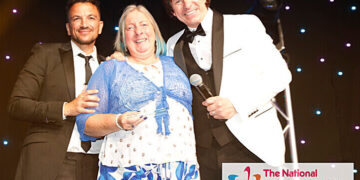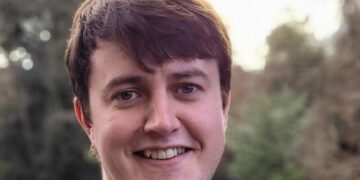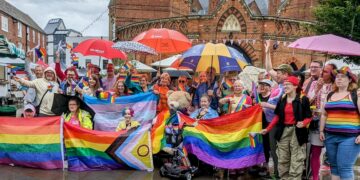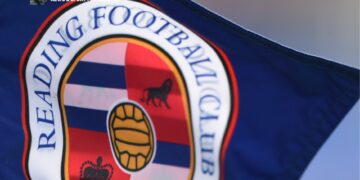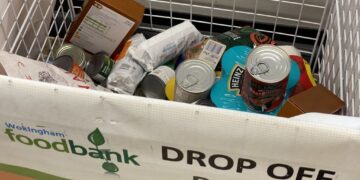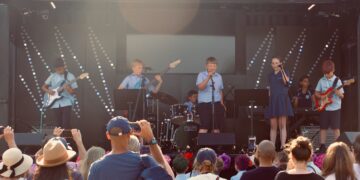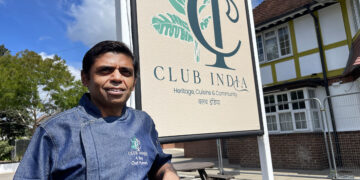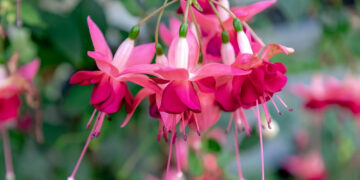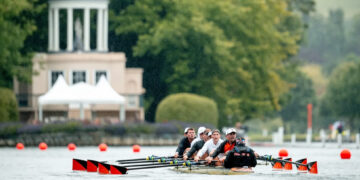Wokingham Today wasn’t around in 1945 however, here is how we would have reported the events, based on media reports from the time. Credit to historian Jim Bell from the Wokingham Society for this research.
The official declaration of Victory in Europe day was celebrated in Wokingham, and throughout East Berkshire, with sober restraint.
With a few exceptions, there were no scenes of wild enthusiasm, the populace generally preferring to observe VE Day in the privacy of their homes.
To many whose husbands and sons are still fighting in the Far East, this was not their occasion for rejoicing – their day will come, with the cessation of the Japanese conflict.
Flags, bunting and streamers were prolific, and displayed from every house in the district. More ambitious residents displayed fairy lights in their front gardens, while business houses and factories made full use of the end of the blackout by floodlighting their premises.
The public holiday with no organised entertainment left no alternative but to continue with their own personal pursuits, and the countryman took the opportunity of the occasion to spend VE Day in the garden, or in the allotment.
Other sections of the community took full advantage of showing thanks to victory by attending thanksgiving services, which were held throughout the day in churches of all denominations.
In Wokingham, the day’s services culminated in a united thanksgiving service which was held in the Market Place, and attracted a large congregation.
At the conclusion, the square was crowded with spectators who remained to listen to the broadcast of the King’s speech.
As was to be expected, local licensed houses were prepared to meet an unprecedented demand, and so great was this that at times, particularly in the Market Place, it was impossible to gain an entrance to many of the pubs.
While the atmosphere was most convivial, and the scenes of comradeship and good fellowship were rife, no incidents occurred, with the public enjoying themselves with noticeable sobriety.
The large crowds in the square joined in the dancing which had spontaneously commenced to the sounds of relayed dance music, the scene being illuminated by floodlighting from the Rose Hotel.
The fact that the ‘dance floor’ consisted of recently laid gravel appeared to be no deterrent to the dancers, whose numbers increased as the public houses closed.
Fireworks and thunderflashes also made an effective contribution to this unusual spectacle, and at midnight everyone joined in the singing of “God Save the King”.
On the evening of VE plus one, presumably in view of the success of the previous evening, relayed music was broadcast from the Rose Hotel, and another large crowd assembled to dance outside in the square.
The Mayor took full advantage of this opportunity to go round amongst the people with a large basin asking for contributions towards the “welcome home” fund, and collected £10 15s.
Whilst the festivities were progressing in the centre of the town other scenes of festivity were being witnessed further afield. In Waterloo Road, almost all the residents of the road, with many friends, joined in the dancing in the road, to the music relayed by Johnny Goswell.
At Forest Road, 50 odd children of the district, having been entertained to a sumptuous tea party arranged by residents of the district at the Changa service station, completed their VE Day celebrations by dancing madly round an enormous bonfire.
The occasion was made doubly exciting for the youngsters for the burning of a Nazi effigy.

